Are you really that famous?
My career developed in the land of the Balkans and stayed within its borders. I was mainly recognized here, in my native Montenegro.
Why comic strips?
It’s hard to explain in other words than 'I just love it'. I have a powerful motivation inside my heart to do what I love. I have always been unlike other children: most of them changed their occupations often, but I always knew what I liked to do and could concentrate on it. I didn’t change my profession, ever.
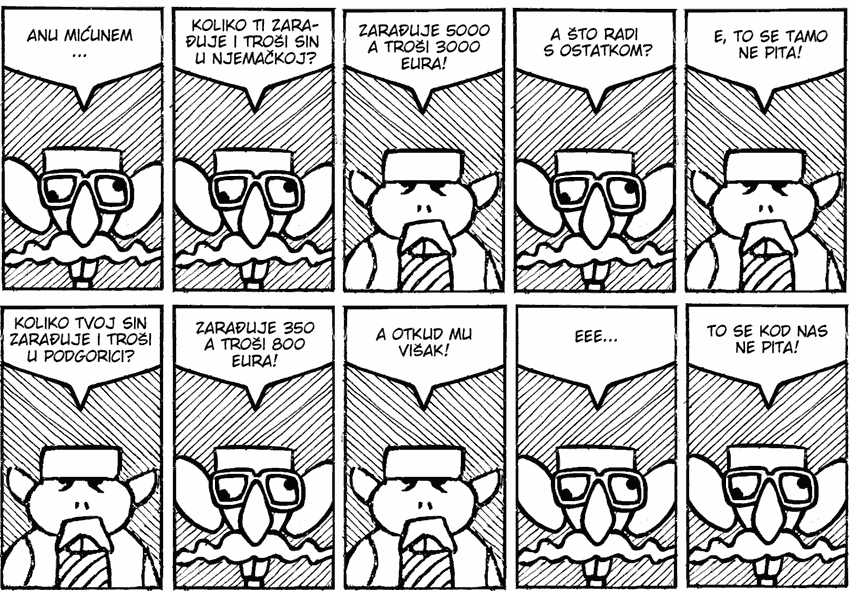
When did you start drawing?
Already in primary school. I was a kid who liked to draw during school classes and tasks and always kept a particular drawing notebook for my soul.
Was your drawing dynamic or narrative from the very start?
My interests and preferences developed with age and were influenced by what was offered at the local paper and tobacco shops. It started with French strips such as Asterix et Obelix, Strumpfs, Gaston etc., then Italian strips like Zagor, Marcos, and others. In the 80s there was no manga strip here, but I curiously watched Japanese cartoons on Italian channels. I was genuinely fascinated by comics and wished that would be my occupation forever. Nothing was as attractive to me like this. Drawing strips gave me a deep motivation to live and have an amazing drive.
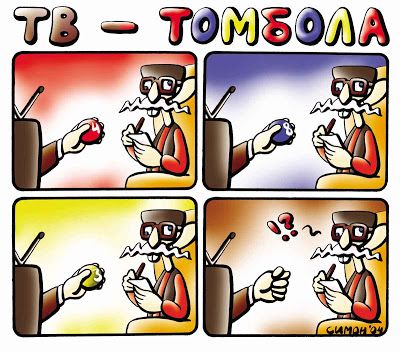
Do you remember your first characters?
I reached my creative peak in high school when, together with my friend, we created many of our 'authentic' characters. He left the strips as a school passion and I continued to develop my strip characters into a profession.
Did they have Montenegrin origin?
They had no specific nationality, however, their stories contained political leitmotiv. At the time, politics permeated Montenegrin society. People in cafes (as you know, Montenegrins love spending their time in cafes) talked about politics often and political parties, arguing with each other. One of my sharpest topics was about who to blame for the war. The tension in our society was very high, people were arguing and beating for political opinions. Today it all changed, and people join political parties not to change the world, but to change their personal or family financial status, and the motivation became very trivial today. But my early strip characters, being apolitical, found themselves with political context from afar and was reflected through graffiti codewords drawn on the walls of the streets where they walked. Looking back, it was a very destructive spirit of the 90s.
Did you continue your education in arts?
Well, I first created my name and built a career and then graduated at the Design Academy.
Do you think education is necessary for an artist?
Classic education is becoming less critical nowadays just because you can get any information or tutorials on the Internet in a simple click. However, in the broadest sense, the intelligent educative program enables the mentor to ease the artist’s path. At the same time, there are talented people whose energy is so intense and allows them to breakthrough any limits and conventions in search for their true nature and role. Today, it is widely discussed if standard academic education still makes sense, and I believe that it does concerning guiding and assisting young artists, as well as in the bureaucracy and paperwork sense which still has a significant impact on the artist’s career. Unfortunately, it still often happens that the pure talent of their career comes down to a simple, but crucial question “do you have a diploma in arts”?
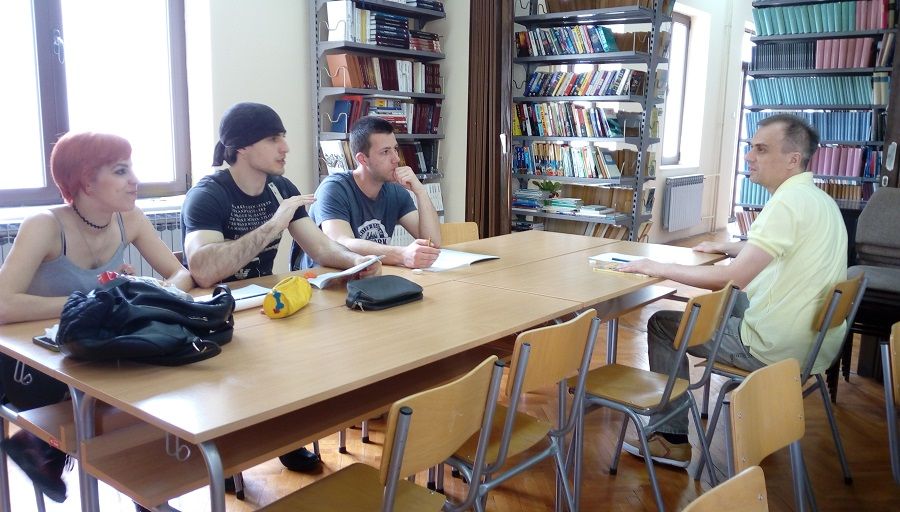
What about eternal dilemmas regarding art profit?
Today, an artist's success is increasingly evaluated with figures and popularity which works for broader markets. But with the humble market we have here in Montenegro, this formula is not fitting because here, art is sponsored alternatively. To establish oneself as an artist means not to make a profit but to unite people by impressing them and maybe entering history.
Keeping your attitude to art education in mind, why do you give strip lessons? You have run voluntary workshops in Kotor, Budva and Tivat for seven years, right?
That’s right, and as I said, the importance of my classes at the faculty or my workshops as classic education is declining due to the fast developing access to information. However, some of the kids just like learning through informal and personal communication and still need a mentor’s help, as well as some kind of “certificate” ensuring their professional future.
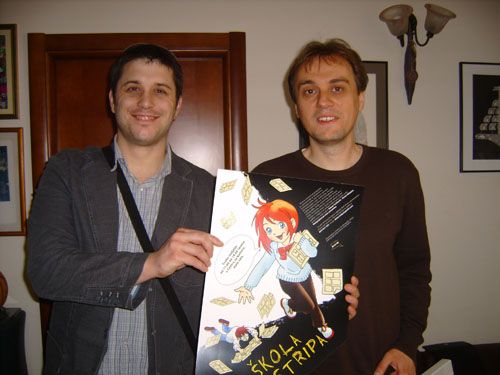
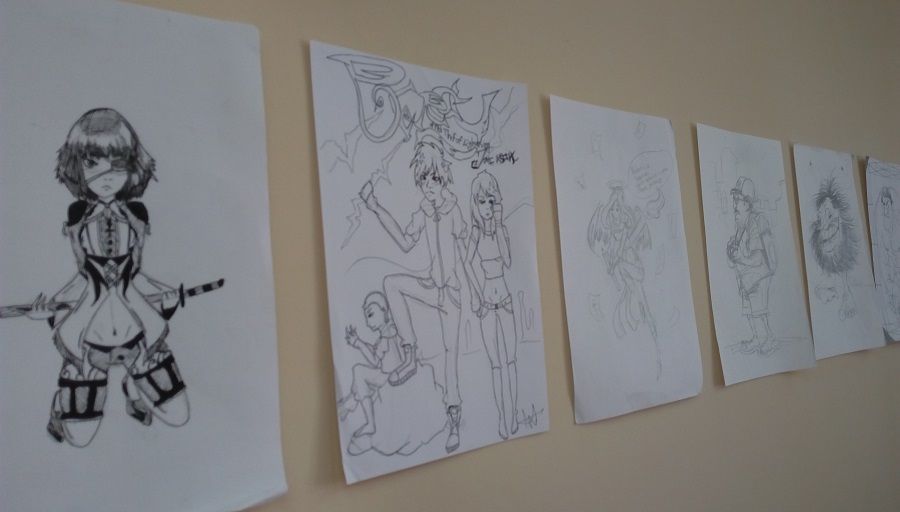
Do many pupils continue drawing strips after visiting your workshops?
Some of them do, but mostly our workshops serve as a starting point of their interest in learning arts. Comic strips are particular because it’s a kind of sublimation point of different techniques: it absorbs drawing, typography, graphics, scenography, costume, body language, rhythms, etc. That’s why our workshops are supposed to be a broader base of the acquaintance with art for the talents looking for their niche.

How important is narrative part in the strip?
It’s a typical statement that strip or comics are a combination of narrative and illustrative constituents. However, I‘m on the minority side believing that strips are pure art. As we know, in the beginning, there were words, and looking genuinely, we can find the words in any art as well - and following this logic, everything should be considered literature then.
I’m convinced that the nature of strips is found at the opposite end of the spectrum of abstract art. These are two poles containing many parallels with different meanings, i.e. abstract art is non-objective art while strip doesn’t exist without an exact scene, character, and details.
What about the role of emotion in strip art?
While abstract art exposes a pure emotion, strip drawing represents an experience through emotions. That’s why it makes no sense visiting Malevich’s exhibition without knowledge of the philosophical background of his creations because what you will see is a just an illustrative performance of emotion. The Word and Art are maximally distant in this case. On the contrary, a strip is a kind of art born at the touchpoint of text and illustration operating with specific emotional experience.

Looking at your professional preferences: black & white or colored drawings?
Black and white, not only because I grew up with uncolored strips, but I just like it more.
How long does it take to produce one table of strip?
A classic French school style takes about 2 to 3 days.
Do you draw manually or digitally?
My drawings are handmade, but I use digital technologies when coloring. Computers will never replace hand drawings in history, and the future is in digital methods, I’m sure. Today we have the full possibility to express our authentic style through digital drawings while time requires us to speed-up the production.
Who are your characters? Did they inherit your features?
My characters are definitely a part of my alter ego which is unavoidable, but I’m also trying to get in other people's shoes to reveal their life by my strip heroes.
Who’s your favorite among them?
It is always the one I’m drawing at the moment.
But regarding popularity, the most famous are Mićun, Vukota and Coro which have appeared in the daily paper 'Dan' since 2001.
Are they Montenegrin?
Yes, they carry traditional Montenegrin robes and express the typical folklore humor of this nation which is a reflection of life, and at the same time, of culture, mentality and lifestyle values.
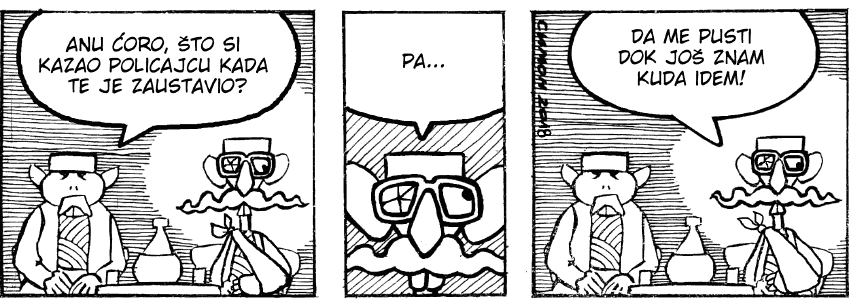
You can find more Simon's works on www.stripvesti.com





